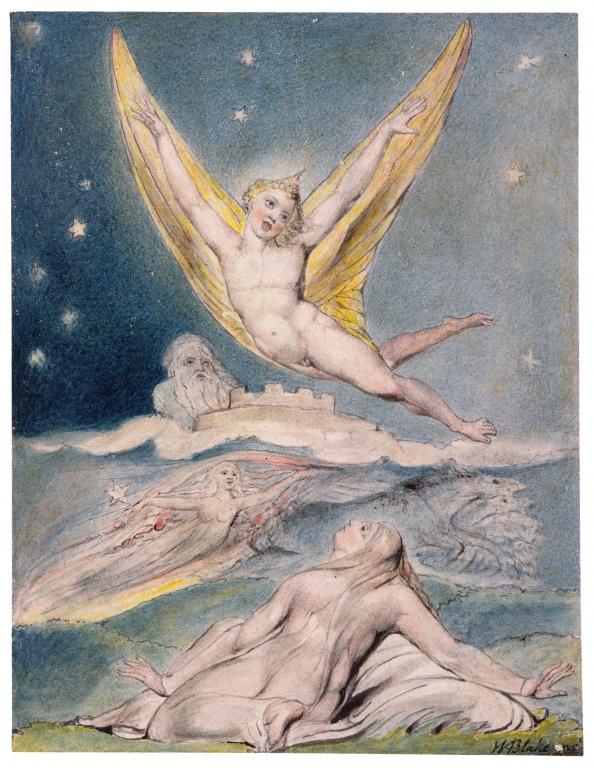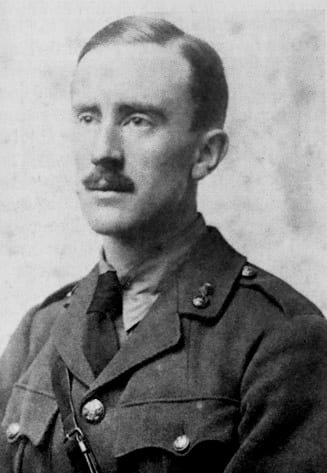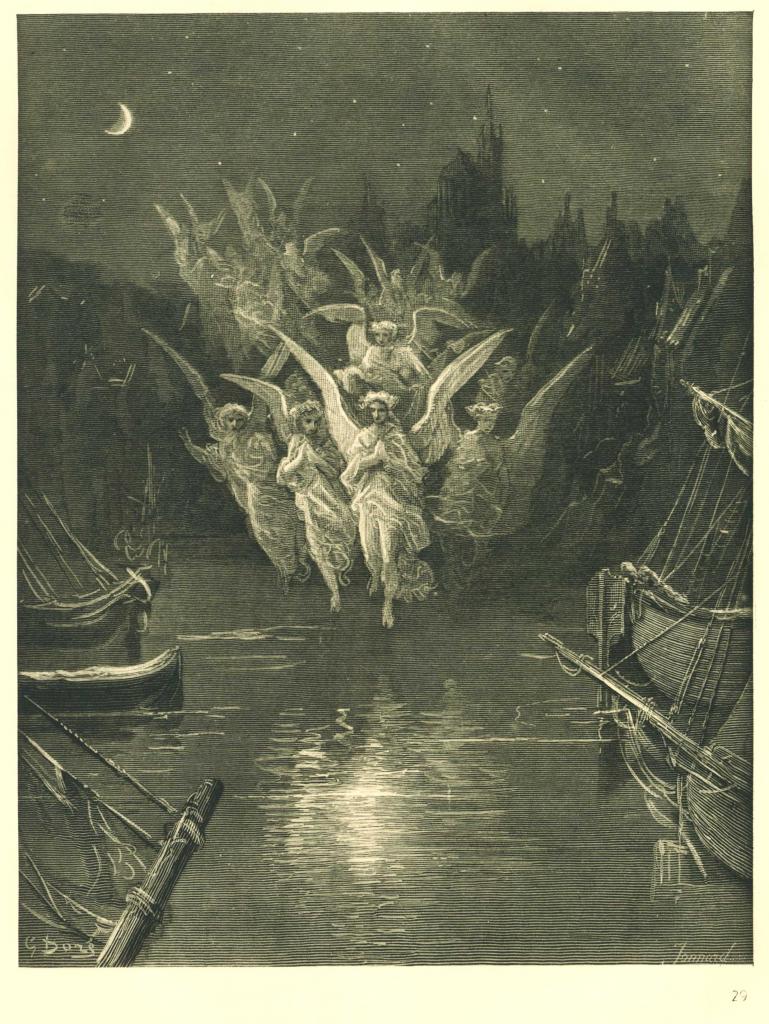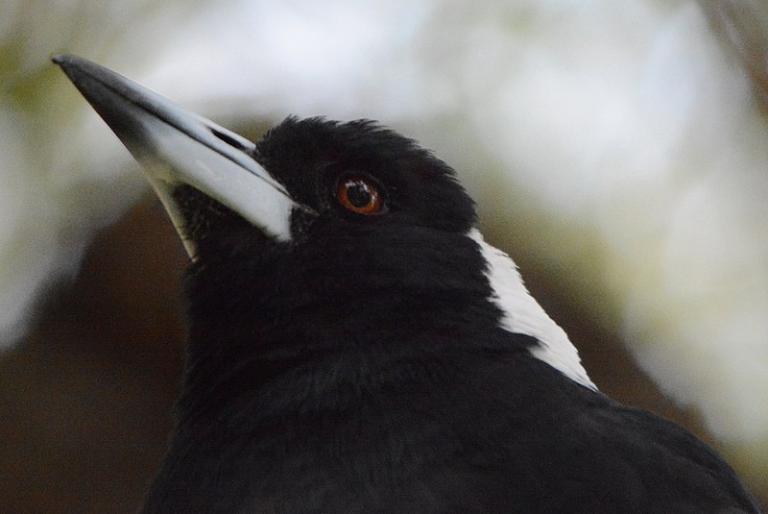David Russell Mosley
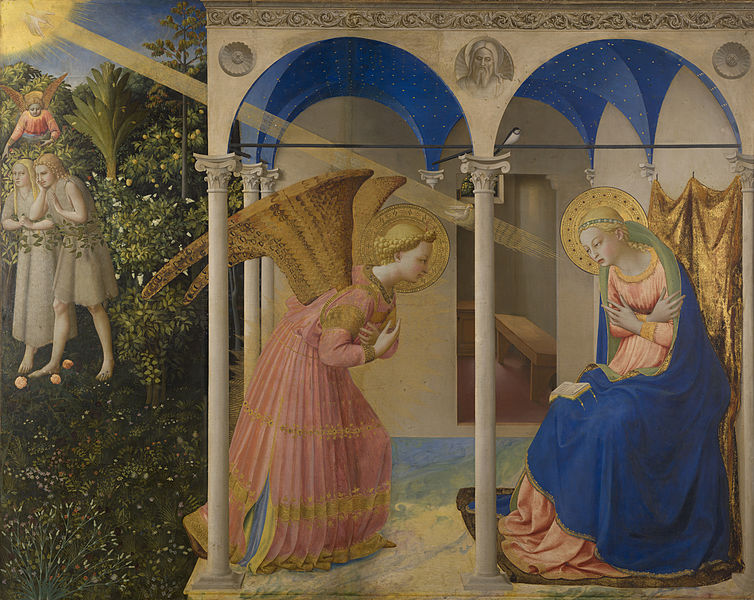
Fra Angelico (circa 1395–1455)
Title The Annunciation
Description
Altar retable
Date 1430-1432
(Public Domain)
Feast of the Annunciation
On the Edge of Elfland
Beeston, Nottinghamshire
Dear Friends and Family,
Today we celebrate the Feast of the Annunciation. This is the day we commemorate and make present again that joyous moment when the archangel Gabriel told Mary what was to happen to her. Mary’s obedience in this moment is the beginning of the undoing of the disobedience of Adam and Eve. Mary becomes, in a way, a new Eve and her son will be the New Adam. This on its own is of utmost importance. However, there is another event that is celebrated on this day. It was on this day so very long ago, or so we are told, that the One Ring was bitten off of Frodo Baggins’s hand by Gollum and fell into the volcanic pit of Orodruin.
Of course, I realise that The Lord of the Rings is not real, or at least not real in the same sense that the Annunciation is real, but for a moment I want to explore the implications of Tolkien choosing this day and what relation it may have to the Feast of the Annunciation.
Tolkien was a devout Roman Catholic and while there is no explicit reference to the Christian religion in The Silmarillion, The Hobbit, or The Lord of the Rings. Tolkien himself had always thought of his works as explicitly Catholic. That is, they had a Catholic (or perhaps simply Christian) metaphysics. The world he created was our world in the distant past when men and elves were not estranged, when the Fall had happened but even Israel was a long ways off. So why is the 25th March the date for the destruction of the Ring?
I think there may be a few possible answers gleaned by looking at what the day signifies in the Christian Calendar and what it signifies in the story. First, in both instances there is an importance behind the events. Mary is told she has been chosen to be the Mother of God (not that God was to have a beginning as God, but that he would have a beginning as a man). Something the whole world is said to have been waiting for is now happening, or will happen, in her, the entrance of God into his Creation. In The Lord of the Rings, Frodo and Sam and Gollum arrive at the fires of Mt Doom to destroy the One Ring, the very thing all Middle Earth has been, perhaps unknowingly, been longing for since Sauron made it. In both cases an appointed time has come.
Also in both instances, the act is not carried out by the actors. However, this plays out very differently in each case. Mary does not make herself pregnant with the Word of Life. She was not even aware that this might happen to her. She is merely told that this will happen, and presumably happens that very day, perhaps that very moment. Mary is not active in this except in her acceptance, as she says, ‘“Behold, I am the servant of the Lord; let it be to me according to your word”’ (Lk 1.38).
Frodo is the exact opposite, however. He has come to Mt Doom for the very purpose of destroying the Ring. Yet when he arrives he refuses his task, ‘“I have come,” he said. “But I do not choose now to do what I came to do. I will not do this deed. The Ring is mine!”’ (LOTR, 945). Frodo falls, he fails where Mary succeeded, and yet the task is accomplished. Gollum, who’s life has been spared on multiple occasions, but importantly by each of the three ringbearers (Bilbo, Frodo, and Sam), and most recently by the third, sees his moment. Somehow finding the invisible Frodo and feeling his way to the ringed finger, Gollum bites it off and takes hold of the Ring. He is, ‘dancing like a mad thing,’ beaming with a corrupted joy until his celebrations take him off the edge of the cliff and into the fires below. The Quest has not failed, though Frodo had, by what the reader at least can call divine providence. Frodo and Sam are rescued and Middle Earth is free for a time, but the divine help needed in this moment foretells a future moment when providence will not be the course of action, but that God will step into his creation to set all things right.
This is, I believe, the connection between the two. Each shows the beginning of a new age, each is the undoing of a previous evil, and each is done in a kind of passive way by the main actor in each story. Frodo is almost a kind of anti-Mary who’s quest is accomplished without his will. In the quest of Frodo the evils of Sauron are undone. In the fiat (Let it be so) of Mary is the beginning of the end of all evils, of death and sin through her offspring, the one who, like the offspring of Eve would crush the serpent’s head.
So let us remember Frodo and Sam and Gollum while we also remember Mary and Christ, for the story of The Lord of the Rings can lead us to the even truer story of Incarnation, Resurrection, and Return. After all, as Tolkien himself wrote in ‘On Fairy-Stories’:
‘I would venture to say that approaching the Christian Story from this direction, it has long been my feeling (a joyous feeling) that God redeemed the corrupt making-creatures, men, in a way that fitting to this respect, as to others, of their strange nature. The Gospels contain a fairy-story, or a story of a larger kind which embraces all the essence of fairy-stories. They contain many marvels––peculiarly artistic, beautiful, and moving: “mythical” in their perfect self-contained significance; and among the marvels is the greatest and most complete conceivable eucatastrophe. But the story has entered History and the primary world; the desires and aspirations of sub-creation has been raised to the fulfillment of Creation. The Birth of Christ is the eucatastrophe of man’s history. The Resurrection is the eucatastrophe of the story of the Incarnation. This story begins and ends in joy’ (‘On Fairy-Stories, 88-9).
Sincerely yours,
David Russell Mosley


